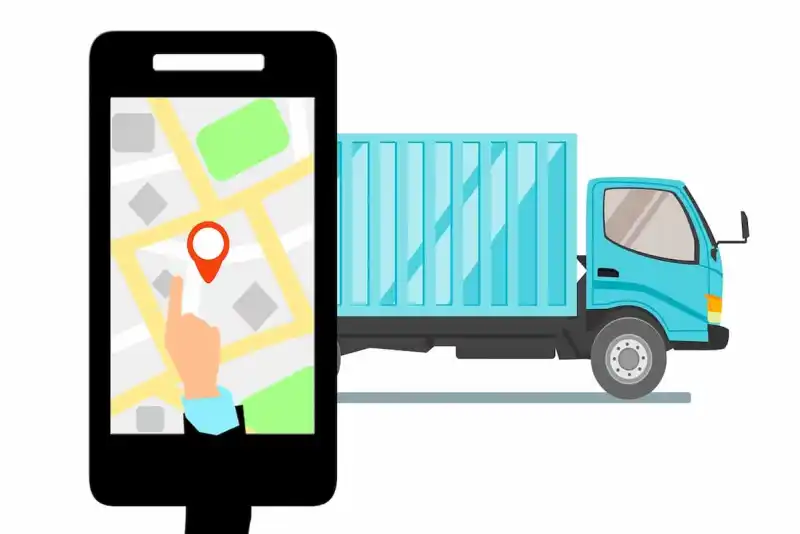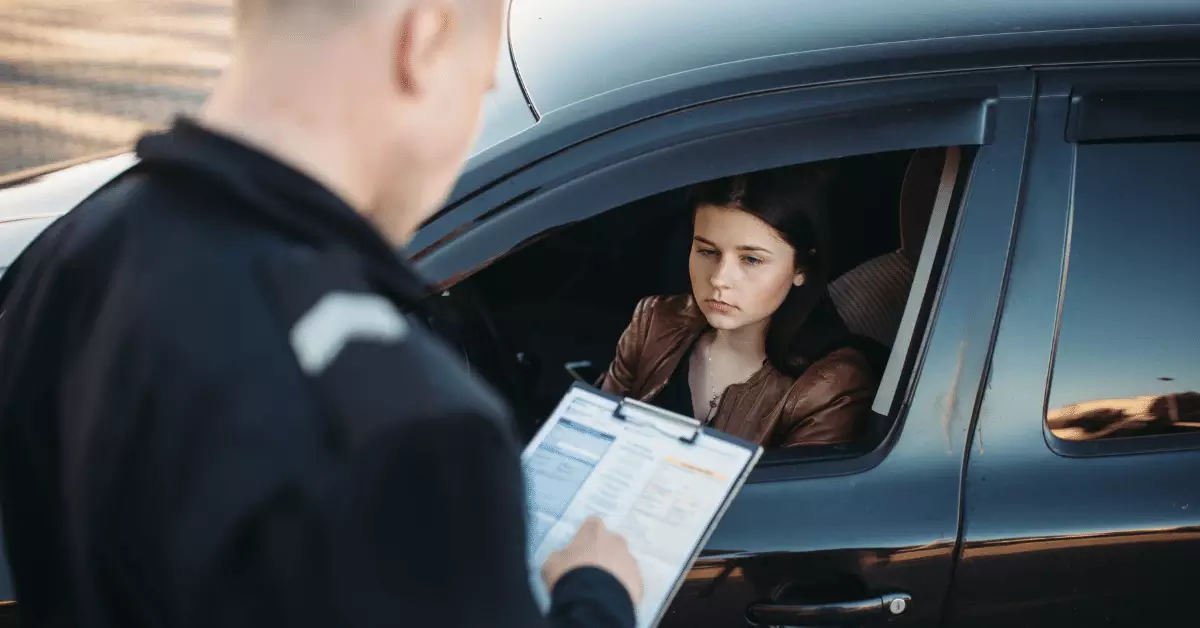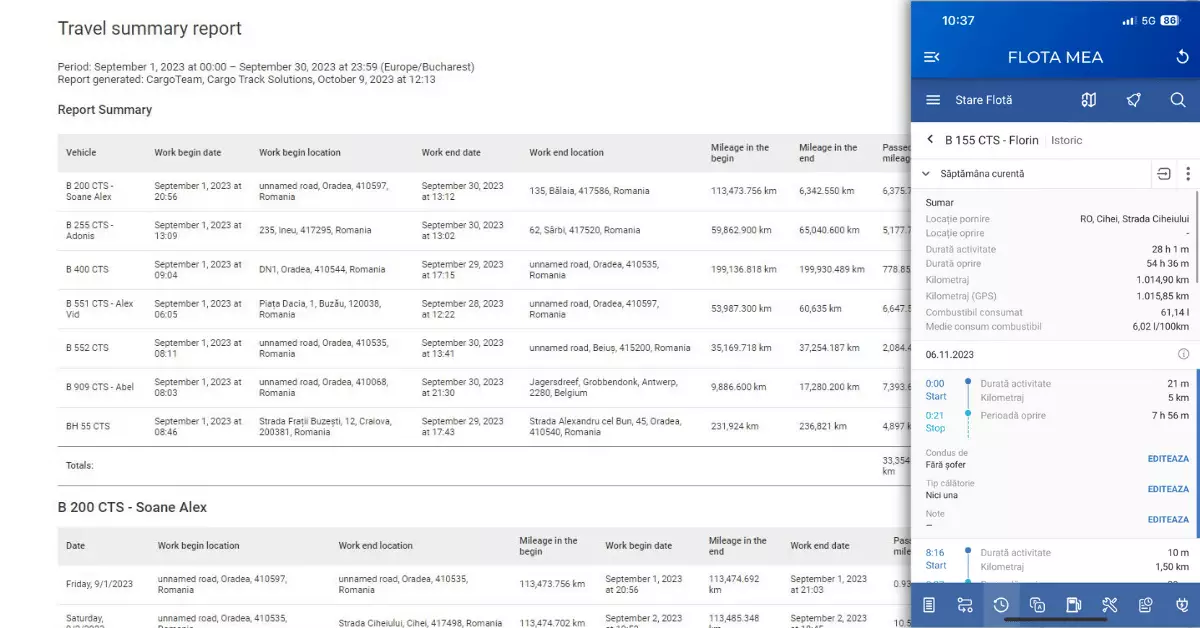
It is already a well-known fact, especially among the managers and employees of companies that deal with the transport of goods on a national or international basis, but also in the case of companies that own fleets of vehicles for employees engaged in sales activity or even for car rental or taxi companies , that the problem of efficient management of routine activity can very quickly become a real thorny problem.
In addition, uncontrolled fuel consumptions that do not correspond to the distances traveled can create significant losses in the working capital of the companies, reducing the profit or even, in some cases, canceling the profitability of certain routes or activities.
A modern solution to eliminate stress and significantly increase the efficiency of business activity in these areas is to turn to GPS fleet monitoring solutions.
Content
1. Installing Car GPS Trackers – Steps to Proper Installation
2. Where is the car GPS mounted? The best locations for placing hardware devices
1. GPS Car Tracking Installation – Steps for proper installation

Used in a variety of industries, from freight and passenger transportation, to construction equipment monitoring, to guarding and security services, to distribution and courier, to rail transportation and car leasing or rental, GPS tracking systems tracking are available in different monitoring packages depending on the complexity of the activities and the specific requirements of the companies’ management.
A GPS monitoring system consists of both hardware and software products that can be customized according to the requirements of the fleet management business. The first step in using such a system is the installation of the GPS, an installation that must comply with some technical indications.
Thus, before mounting the hardware device on the means of transport, it is necessary to configure it with the parameters specific to the type of vehicle that will be monitored. For this purpose, data on the type (truck, semi-trailer, machine, wagon, etc.), year of manufacture, model, as well as the type of control unit will be recorded.
Also now the SIM card will be inserted which will ensure the transmission of data from the vehicle to the software module or the monitoring application. At this moment, the physical installation of the device on the vehicles can be carried out, and for this purpose the technician responsible for the GPS installation will precisely identify the location of the fuse panel of each car unit according to the technical indications of the manufacturer of each car brand.
Special care should be taken that the GPS device is not connected to the fuses leading to the vehicle control unit or the passenger safety fuses. Always choose those fuses that are free, modules for power sockets, OBD2 socket or other fuses that are not critical for the safe operation of the machines. The current source must be 12V in the case of cars and vans and 24V in the case of freight trucks or other heavier machinery.
Once the wire connections are made, they are isolated, the GPS equipment is firmly fixed in position and the green GPS LED is checked to indicate that data can be transmitted to the servers.
2. Where is the car GPS mounted? The best locations for placing hardware devices
The placement of car GPS trackers on vehicles should take into account both the camouflage of this device and its protection from weather or mechanical impact. The most common places to mount the car GPS monitoring can be:
- On board the vehicle;
- In the ceiling light of cars;
- In the storage compartment to the right of the driver;
- In the driver’s seat or back seats of vehicles;
- In the trunk;
- In the audio speaker;
- In the area of the radiator grill.
Of course, the placement of these devices can also be done in other less intuitive locations that will be chosen or recommended by the specialized installation technicians. This will avoid their detection in the case of vehicle thefts, the criminals not suspecting that they are being followed at all times.
In conclusion, the installation of a car GPS tracking is an operation that, carried out professionally, can lead to significant savings in the operation of fleets of vehicles and equipment and, in addition, can bring a sense of security to business owners, dispatchers and even drivers employed in various fields of activity.




